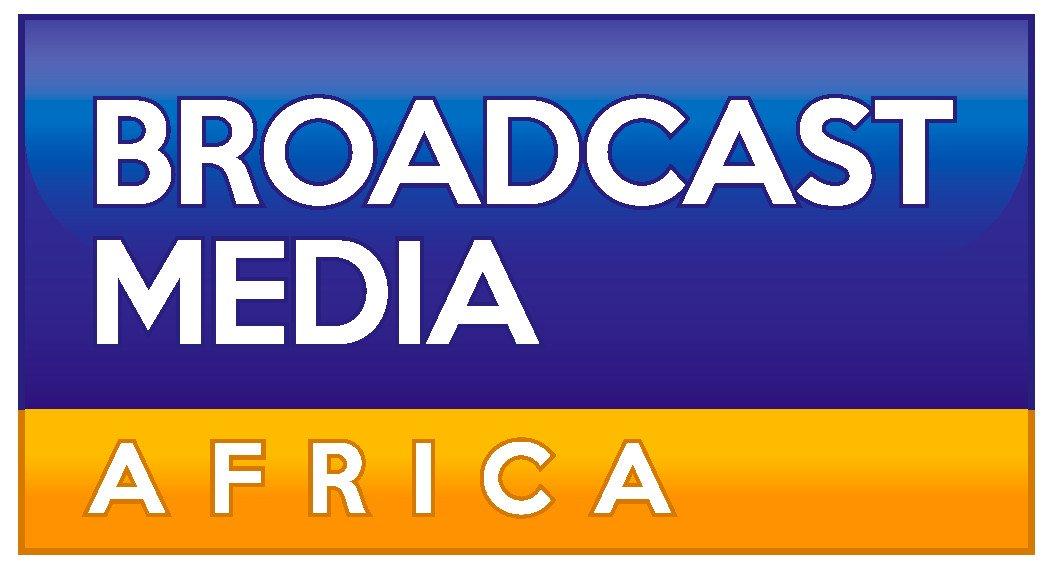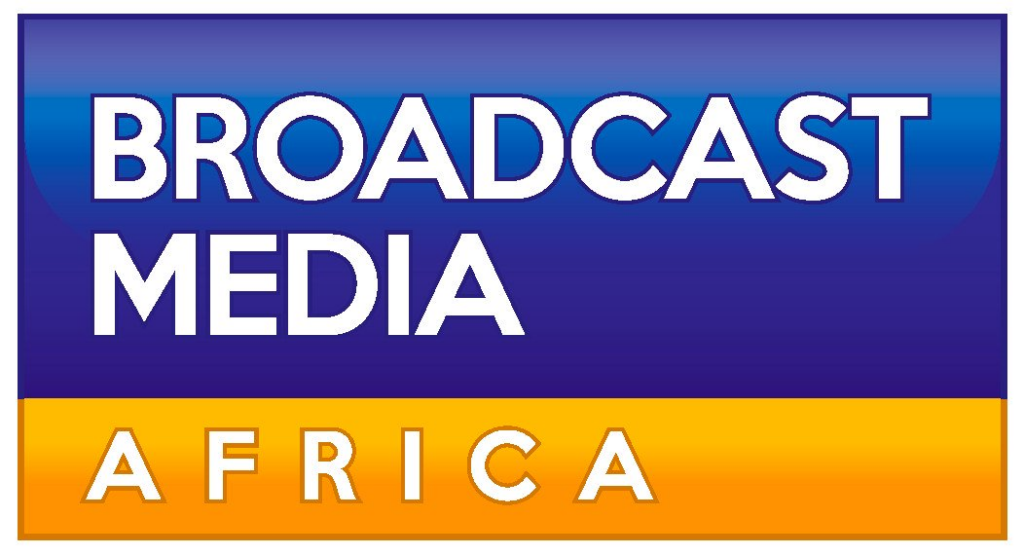
[This article was written in support of the forthcoming Broadcasters Convention – Southern Africa on the 28th – 30th October 2025 in Victoria Falls, Zimbabwe. Industry practitioners can learn how to participate in the event here]
Africa’s content streaming market is no longer just “emerging”—it’s shifting. Between rapidly growing internet access, youthful audiences, and a surging appetite for local storytelling, the potential is immense. Yet the winners will be those who focus on practical viability, not just imported streaming models.
So, what is viable?
- First, local relevance remains the strongest currency. Platforms that curate and commission content reflecting African realities—urban lifestyles, comedy, regional dramas, and faith-based shows—perform better than those recycling Western catalogues. Viewers are loyal to what mirrors their culture, language, and aspirations. Secondly, mobile-first delivery is key. With 80%+ of African internet users accessing via smartphones, apps that stream efficiently on low bandwidth and integrate mobile money billing (like M-Pesa or MTN MoMo) win both accessibility and trust.
- Hybrid monetisation models are also proving viable. Advertising-supported streaming (AVOD) combined with low-cost micro-subscriptions or data-bundle partnerships delivers a sweet spot between affordability and sustainability. The most agile players—such as Showmax or Boomplay—are blending free access with premium tiers, giving users flexible entry points without alienating price-sensitive viewers.
And what, in our opinion, is not viable?
- Pure subscription (SVOD) models at Western pricing levels rarely work. Average disposable income, inconsistent broadband costs, and fragmented payment systems make retention difficult. Equally, betting solely on Hollywood or Bollywood imports misses the market’s cultural pulse. Platforms that rely on global catalogues often face high licensing costs with minimal local engagement.
- Another pitfall is ignoring distribution partnerships. Going solo—without telcos, ISPs, or device bundling—often leads to expensive customer acquisition and poor visibility. The African market rewards collaboration, not isolation.
[This article was written in support of the forthcoming Broadcasters Convention – Southern Africa on the 28th – 30th October 2025 in Victoria Falls, Zimbabwe. Industry practitioners can learn how to participate in the event here]
All said, how do you win at this Game?
- Winning requires ecosystem thinking. Streamers must localise not only content but also infrastructure and partnerships. Co-producing with local studios, collaborating with telecom operators for data-inclusive plans, and leveraging social platforms like TikTok or YouTube as top-of-funnel discovery channels all help reduce costs while building community.
- Content strategy must embrace short-form and vertical storytelling—snackable, mobile-friendly pieces that can travel across social feeds and drive viewers into longer-form experiences. Data analytics—tracking viewing habits, drop-off points, and regional tastes—must inform commissioning decisions rather than intuition alone.
- Finally, success depends on regional scalability with local nuance: one unified brand, but tailored experiences across Nigeria, Kenya, South Africa, and Francophone Africa.
- Africa’s streaming game isn’t about who spends the most, but who adapts the fastest. Pragmatism, localisation, and partnership—not platform ego—will determine who truly wins the screen wars on the continent.
[This article was written in support of the forthcoming Broadcasters Convention – Southern Africa on the 28th – 30th October 2025 in Victoria Falls, Zimbabwe. Industry practitioners can learn how to participate in the event here]


















